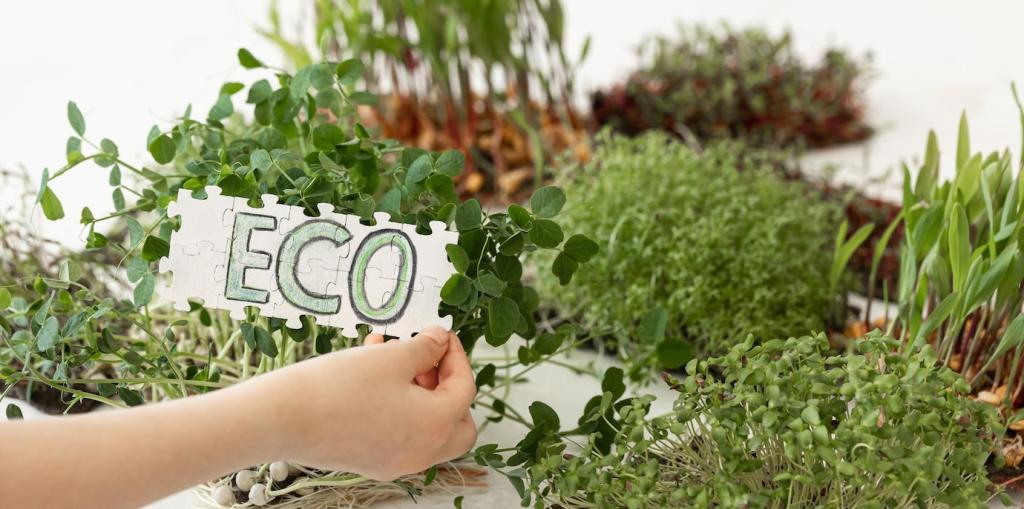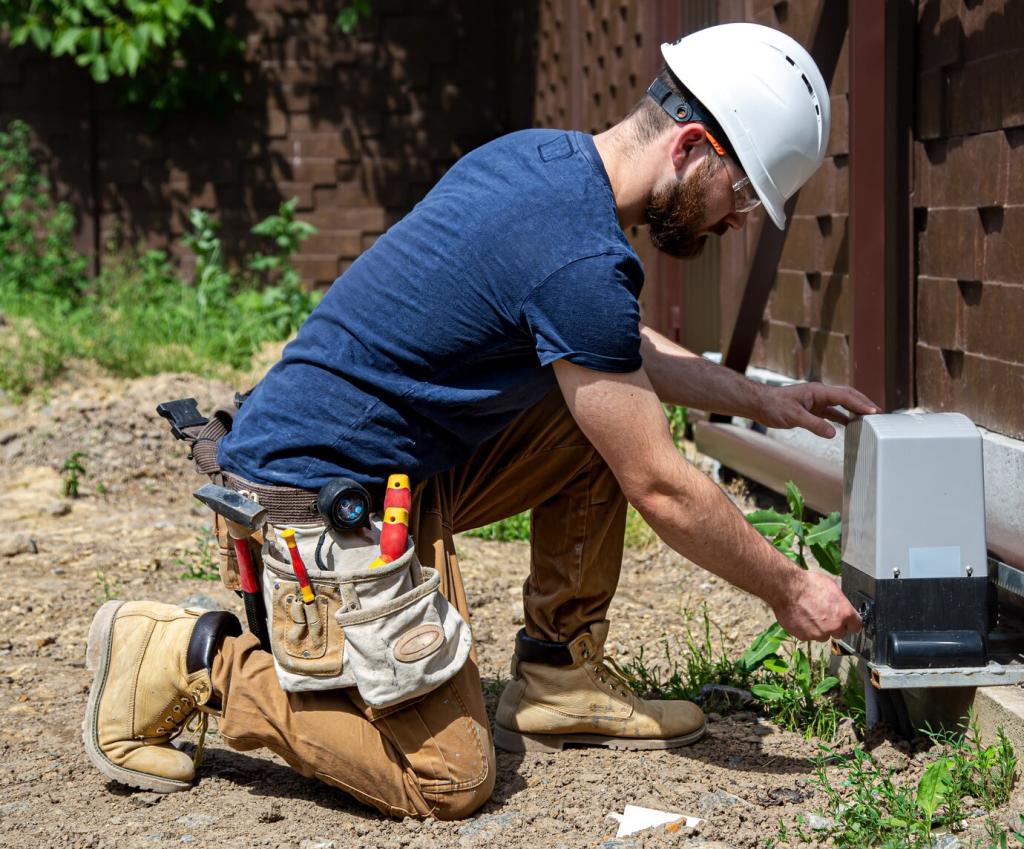DIY Biodegradable Recipes for Different Furniture Types
Combine 500 ml distilled water with 1 teaspoon unscented castile soap. Lightly dampen a tight-weave cotton cloth, wring well, and wipe with the grain. Follow immediately with a dry cloth to avoid swelling. For stubborn smudges, repeat rather than soak. Monthly, condition separately with a thin, plant-based oil blend if your finish allows. Share your favorite wood-safe routines below.
DIY Biodegradable Recipes for Different Furniture Types
Mix 450 ml distilled water with 50 ml plant-derived ethanol and 1/2 teaspoon mild, sugar-based surfactant. Mist lightly, then blot with a clean cotton towel—no over-wetting. For food spills, add a small dose of an enzyme cleaner and let it dwell before blotting. Always check colorfastness first. Have a couch fabric that’s tricky? Describe it and we’ll help troubleshoot.






